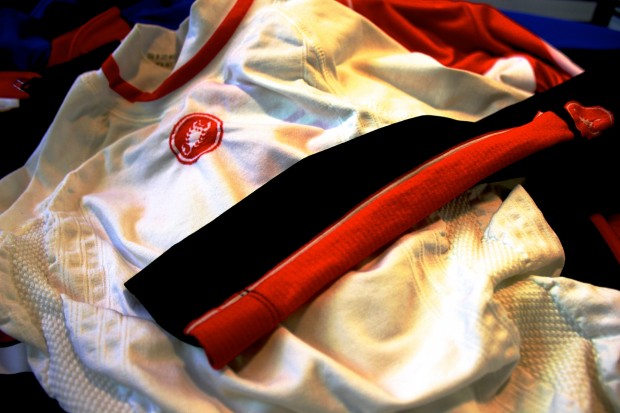Base layers
The base layer is the garment that underlies all others. It has a dual responsibility: to provide a first, if basic layer of insulation, and to set moisture from the skin on the first leg of its journey through however many other layers to the outside world. Think of it as a wet suit, Ritchie advises. Umm…? “Every part of a wet suit must touch your skin. Any part that doesn’t fills with water, which makes you cold,” he says. “Any part of a base layer that doesn’t rest directly against the skin will fill with air, and…” You get the picture.

Base layers come in various fabrics and sizes, or, to coin a phrase from the clothing industry, ‘weights’. A short-sleeve, synthetic layer might be considered the lightest of all; a short-sleeve merino layer, slightly heavier. Merino has its own air channels too, and is soft and wicks effectively, but might not to offer the same longevity as a good synthetic base layer. A single merino layer is still likely to be warmer than a single synthetic layer, but if you’re layering for the very coldest conditions, don’t rule out the possibility of combining two synthetic bases: a sleeveless beneath a long-sleeve, for example.





